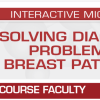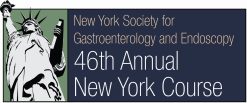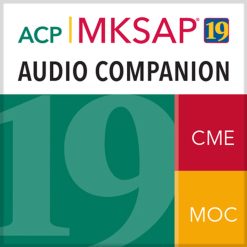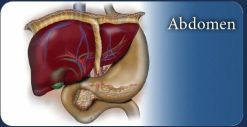-
Hepatitic Pattern – Mary Kay Washington, MD, PhD
USCAP Liver Pathology: Essentials of Daily Practice 2023
$89,00
Samples for Courses Can be found here : Free Samples Here!
USCAP Liver Pathology: Essentials of Daily Practice 2023 Liver biopsies are a common specimen in most surgical pathology practices. Liver biopsy interpretation is challenging because many liver diseases manifest overlapping histological features. A systematic pattern-based approach facilitates identification of subtle features that help to narrow the differential diagnoses, correlate findings with clinical data, and provide a meaningful report. This course reviews best practices in assessment and reporting of hepatitis biopsies, guides learners through the spectrum of possible diseases that may present with biliary pattern of injury, provides a comprehensive review of hepatocellular carcinoma, and discusses a systematic and practical approach on how to work up mesenchymal tumors of the liver.












